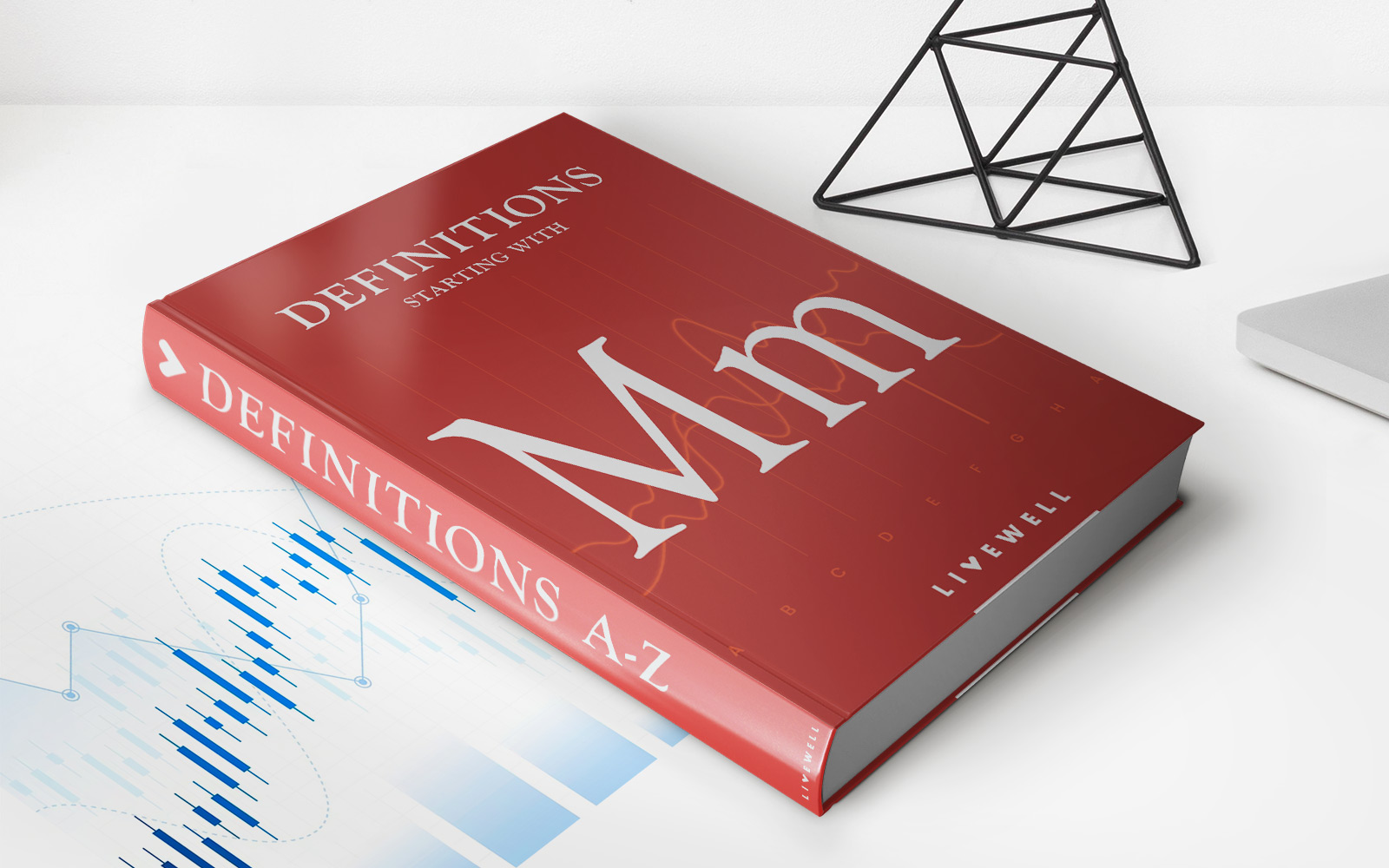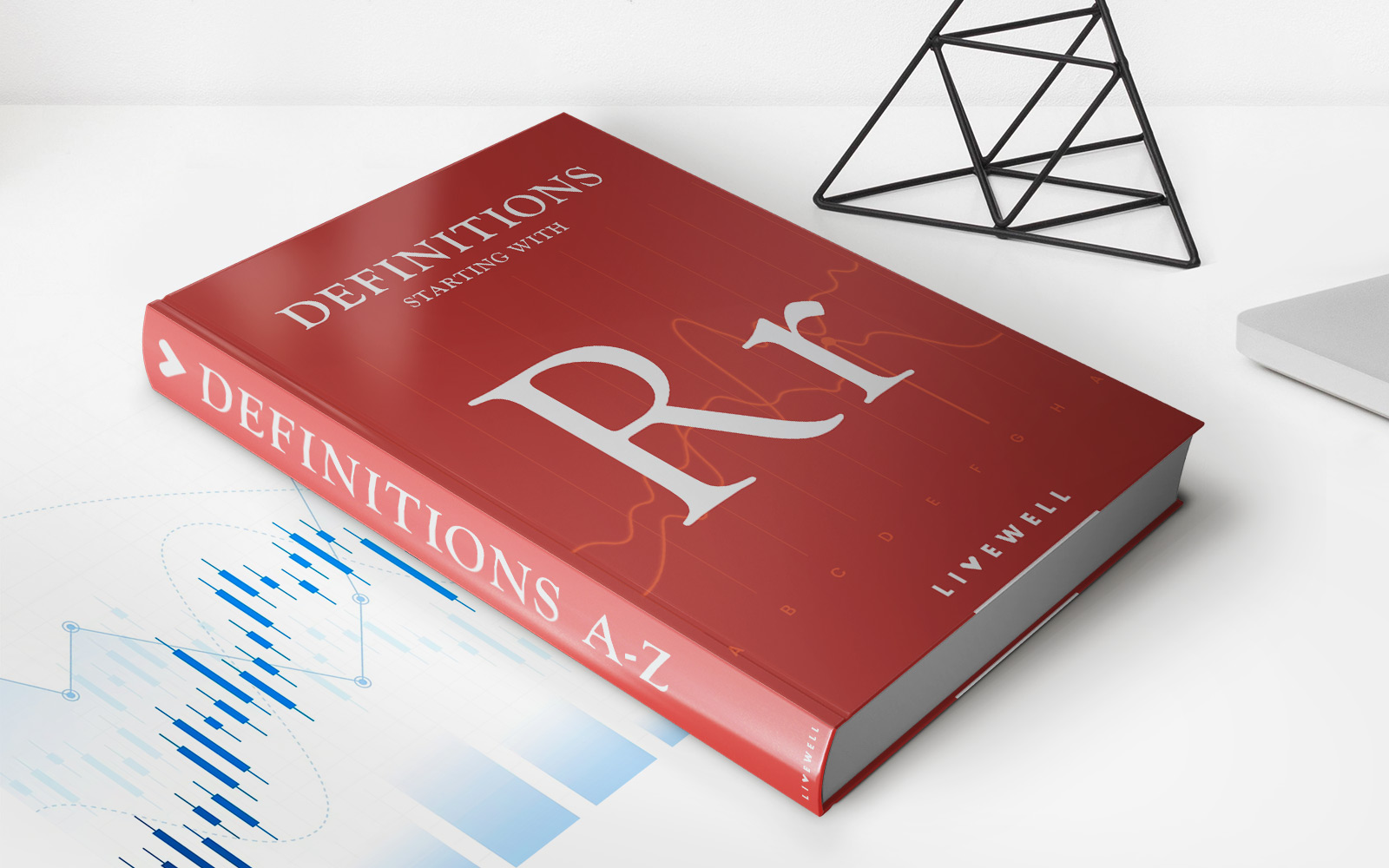Home>Finance>What Is A C-Note? Definition, Meaning, Originiation And Evolution


Finance
What Is A C-Note? Definition, Meaning, Originiation And Evolution
Published: October 21, 2023
Discover the meaning, origin, and evolution of a finance term known as a C-Note. Explore the definition and understand its significance in the world of finance.
(Many of the links in this article redirect to a specific reviewed product. Your purchase of these products through affiliate links helps to generate commission for LiveWell, at no extra cost. Learn more)
Unlocking the Mystery: What Is a C-Note?
When it comes to navigating the world of finance, understanding the jargon and terminology used can sometimes feel like deciphering a secret code. One such term that often pops up is “C-Note”, often mentioned in conversations or articles related to money and investments. But what exactly is a C-Note? Let’s delve into its definition, meaning, origination, and evolution.
Key Takeaways:
- A C-Note refers to a one-hundred-dollar bill in American slang.
- The term “C-Note” is believed to have originated from the Roman numeral representation of 100, which is “C”.
The Definition and Meaning of a C-Note
So, what is a C-Note? Simply put, a C-Note is an informal term used to describe a one-hundred-dollar bill in American slang. The “C” in C-Note represents the Roman numeral for 100. This shorthand has become widely used over time, especially in informal settings like conversations or casual writing.
The Origination and Evolution of the C-Note
While the precise origination of the term “C-Note” remains unclear, it is believed to have stemmed from the Roman numeral representation of 100, which is “C”. This association may have arisen from early American trade practices, where Roman numerals were used in business transactions and documentation.
Over time, the term “C-Note” gained popularity and became a common way to refer to one-hundred-dollar bills in everyday language. It found its place in cultural references, including music lyrics, movies, and popular culture, further cementing its usage in modern times.
Furthermore, the term has expanded beyond the confines of the United States and has been adopted internationally by those familiar with American currency. Thus, whether you’re in New York City or Tokyo, the chances are that if someone mentions a C-Note, they’re referring to a one-hundred-dollar bill.
Understanding the C-Note in Financial Contexts
While a C-Note may seem like a small denomination compared to larger financial figures, it holds a significant value in many contexts. Whether it’s pocket money for daily expenses or a substantial contribution to an investment or savings account, understanding the worth and power of a C-Note is crucial for financial literacy.
It’s important to remember that the term “C-Note” is generally used informally and may not be the preferred nomenclature in professional settings. In formal discussions or written materials, it’s best to use the standard term “one-hundred-dollar bill” to maintain clarity and professionalism.
In Conclusion
The term “C-Note” has emerged as a colloquial way of referring to a one-hundred-dollar bill. Its origin can be traced back to the Roman numeral representation for 100, “C.” As the financial world continues to evolve and adapt to new languages and terminologies, it’s essential to stay well-versed in the jargon that surrounds us. Now that you know what a C-Note means, you can confidently navigate conversations and references to this unique linguistic shorthand!














